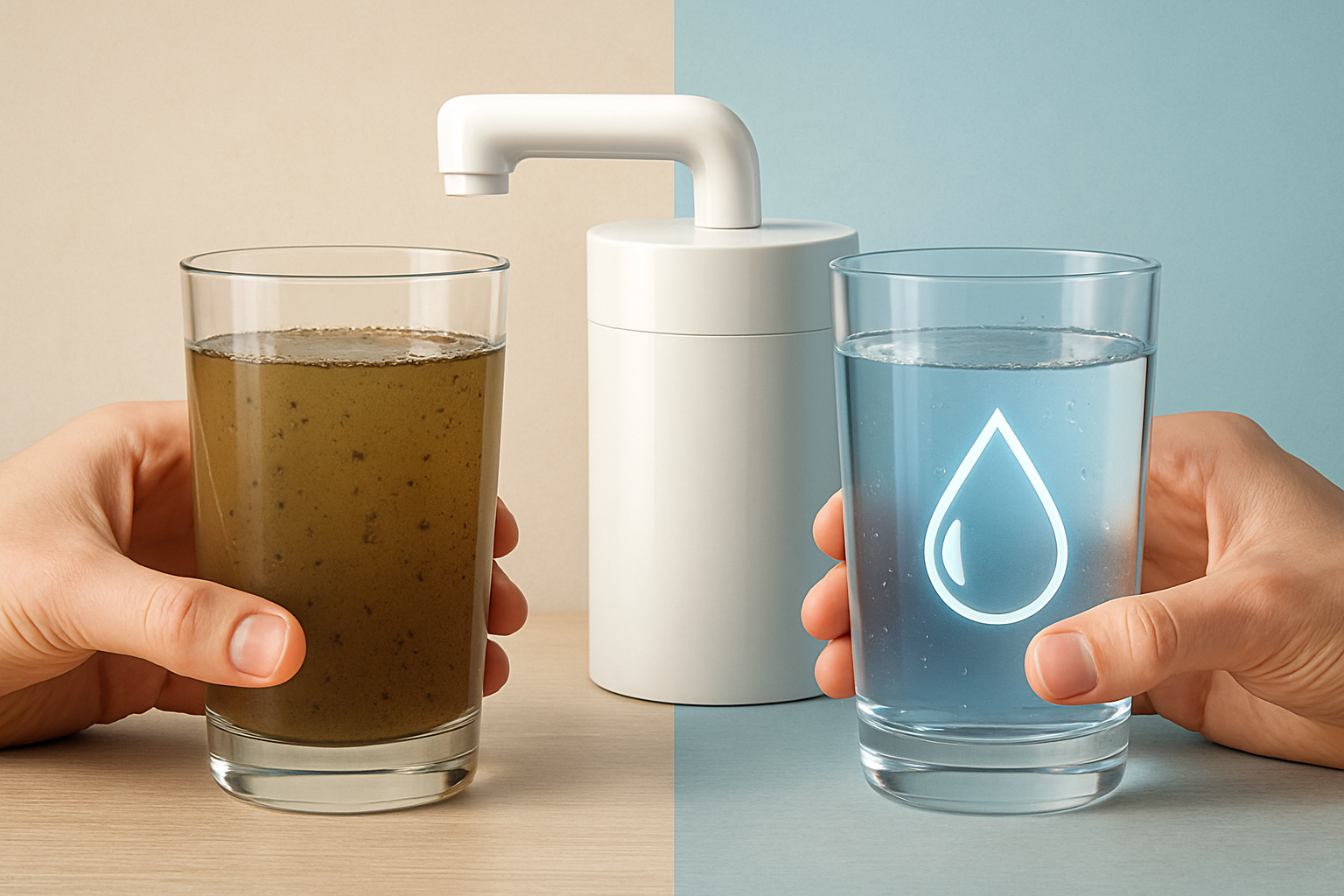Clean and safe drinking water is a cornerstone of good health. Yet, many people still consume contaminated water, leading to diseases such as diarrhoea, hepatitis, and even cancer. Many researchers emphasizes the significance of using natural methods of water purification to protect the body from hidden toxins and heavy metals found in unfiltered water.
Let’s explore how drinking water can be purified safely—both at home and on a large scale.
What Is Water Purification, and Why Is It Important?
Water purification refers to the process of removing contaminants, chemicals, and biological pollutants from water to make it safe for drinking and cooking. According to Dr. Barbara, purified drinking water ensures that the body is not burdened by toxins that can damage the liver, kidneys, and brain.
We filter the water outside so the filter inside (our kidneys) doesn’t get damaged.
How Can Drinking Water Be Purified at Home?
If you’re wondering how can drinking water be purified at home, Researchers recommends several natural ways of water purification that are simple yet highly effective:
1. Gravity Water Filters
Use gravity-based ceramic or carbon filters. These trap bacteria, parasites, and heavy metals. They’re affordable and ideal for home use.
2. Boiling
Boiling water for 5–10 minutes can kill most microbes. It’s an old-school but effective water purification method for safe drinking—especially in emergencies.
3. Solar Disinfection (SODIS)
Place clear plastic bottles filled with water under direct sunlight for 6+ hours. UV rays destroy most pathogens. This is a sustainable natural method of water purification in rural areas.
4. Activated Charcoal
Charcoal sticks or filters absorb chlorine, odors, and toxins. They’re eco-friendly and improve taste.
Water Purification Methods at Small and Large Scale
When discussing water purification at small and large scale, it’s important to recognize the differences in technique and purpose.
Small-Scale Purification
Used in homes, schools, and small communities. Includes:
- RO (Reverse Osmosis) Filters
- UV Purifiers
- Ceramic Candle Filters
Large-Scale Water Purification
Used by municipalities and treatment plants. Involves:
- Coagulation and Flocculation – Adding chemicals to bind impurities.
- Sedimentation – Heavy particles settle at the bottom.
- Filtration – Water passes through sand, gravel, and charcoal.
- Disinfection – Chlorine or ozone kills remaining microbes.
These large-scale methods for purifying drinking water are vital for urban populations but may still leave trace chemicals, which is why many people re-filter tap water at home.
Is Purified Drinking Water Good?
Yes! Researchers strongly advocate purified drinking water because:
- It prevents heavy metal buildup in the body
- It protects against microbial infections
- It enhances detoxification and kidney health
- It supports better hydration and digestion
How Can Water Be Purified in the Laboratory?
In lab settings, water can be purified using:
- Distillation – Heating water to create vapour, then condensing it.
- Deionization – Removing mineral ions.
- Filtration and UV Sterilization
These techniques are used for experiments requiring high-purity water but are not always practical for everyday use.
Purification of Water – Explained Simply
Water purification is the foundation of a healthy life. According to Dr. Barbara O’Neill, filtered water protects our body from excess harmful substances and toxins. Here are some simple methods to purify water at the household level:
- Boiling the water
- Placing clean bottles in sunlight (Solar Disinfection)
- Using charcoal or ceramic filters
- Using clay or earthen filters
These natural methods help prevent diseases and provide the health benefits of clean drinking water.
Water Purification Tablets
In areas where filters aren’t available, water purification tablets (containing chlorine or iodine) can disinfect water quickly. These are handy during travel, floods, or emergencies.
Conclusion: Choose Safe Water, Choose Life
Understanding how drinking water can be purified is essential for every household. Whether you’re using natural water purification methods or relying on large-scale municipal systems, the goal is the same—safe drinking water that supports your health, not harms it.
As Dr. Barbara O’Neill wisely says:
“Your health begins with what you put into your body—make sure your water is clean, and your cells will thank you.”




What’s Happening i am new to this, I stumbled upon this I’ve found It absolutely useful and it has aided me out loads. I hope to contribute & assist other users like its helped me. Great job.
Thank You